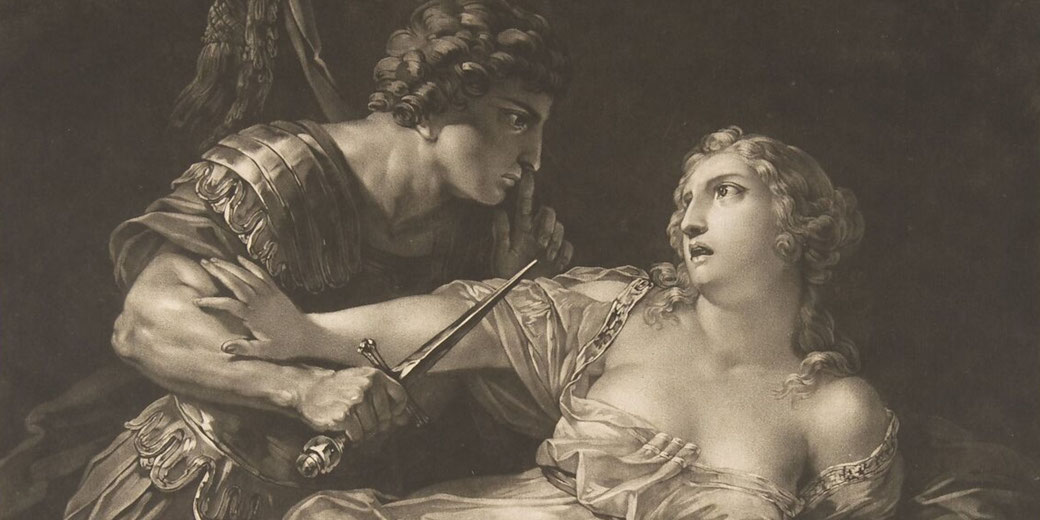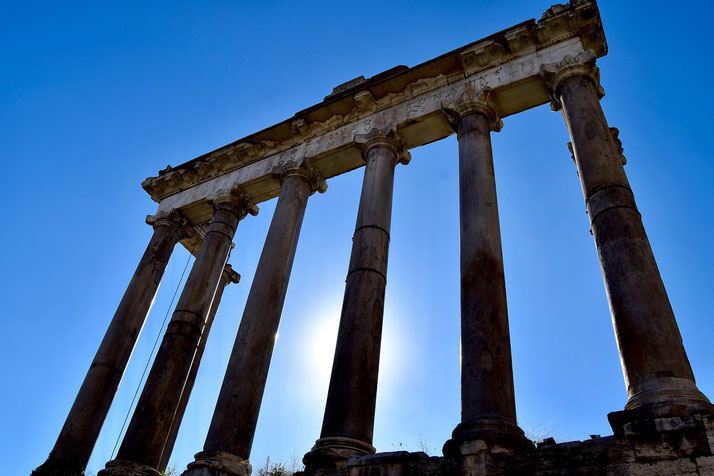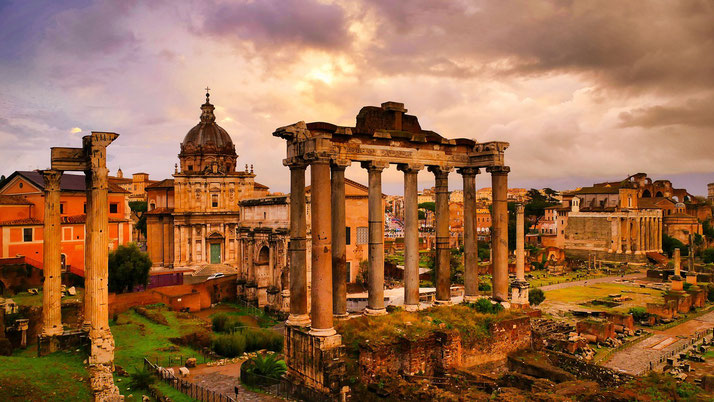Tarquinius Superbus: the tyrannical last king of Rome

If toxic masculinity in ancient Rome ever wanted a brand ambassador in a toga, it would definitely be Tarquinius Superbus.
Tall, proud, and possibly allergic to humility, he ruled like the gods owed him a favor and the people owed him their silence.
Rome would never be the same after him: and that, surprisingly, was the good news.
Murderous rise to power
Tarquin the Proud was related to Lucius Tarquinius Priscus, the fifth king of Rome.
His path to the throne involved clever and determined ambition. Tarquin worked with his wife, Tullia, to arrange the murder of her father, Servius Tullius, the sixth king of Rome.
This murder allowed Tarquin to take power and make himself king.
Tyrannical reign
As king, Tarquin acted with absolute authority and stopped any opposition. He ruled with harsh methods that caused many Romans to dislike him.
He reduced the power and influence of the Senate and weakened the status of the upper class to keep control.
After that, he began constructing the Temple of Jupiter Optimus Maximus, his most well-known project.
He began constructing the Temple of Jupiter Optimus Maximus, his most well-known project, using forced labour and charging very high taxes on citizens.
This temple influenced Roman religious buildings and showed Rome’s growing strength in the region.

Assault on Lucretia
The turning point of Tarquin's reign came with an attack on a virtuous Roman noblewoman, by his son Sextus Tarquinius.
This story has become known as the 'Rape of Lucretia'.
The story, as recounted by the Roman historian Livy, begins with a group of young Roman noblemen who were stationed at the siege of Ardea, a neighboring city.
During a dinner party, they began to debate the virtues of their wives. In an effort to settle the argument, they decided to return to Rome to observe their wives' behavior.
Among them was Sextus Tarquinius, the son of Tarquin the Proud.
Upon their arrival, they found Lucretia, the wife of Lucius Tarquinius Collatinus, diligently working at her loom while the other wives were engaging in leisurely activities.
Impressed by her virtue, Sextus Tarquinius later returned to her home and assaulted her, threatening to kill her and place a slave's body beside her to frame her for adultery if she resisted.
The downfall of the monarchy
After the attack, a grieving Lucretia told her father, Spurius Lucretius Tricipitinus, her husband Collatinus, and their friend Lucius Junius Brutus about the terrible act.
She made them promise to take revenge and then took her own life.
Her death served as the trigger for a rebellion against Tarquin and the royal family.
Following this, Brutus used the event to show the unethical behaviour of the king and the need for change.
Brutus, who was a distant relative of Tarquin, used this event to show the unethical behaviour of the king and the need for change.
With the support of the people, Brutus and Collatinus removed Tarquin and his family from Rome. Sextus had already fled and was later killed.
In 509 BC, the monarchy ended and the Roman Republic began. Brutus and Collatinus became the first consuls of the new government.
Tarquin attempts to seize back Rome
After his expulsion from Rome in 509 BC, Tarquin the Proud sought the support of foreign powers to regain his throne.
Initially, he turned to the Etruscan city of Veii, a rival of Rome at the time. He persuaded the Veientes to support his cause, leading to a conflict known as the Battle of Silva Arsia.
However, the Roman forces, led by the newly appointed consul Lucius Junius Brutus, were able to repel the invaders and maintain the new Roman Republic, although Brutus died in the battle.
Still determined to regain his throne, Tarquin sought help from Lars Porsena, the king of the Etruscan city of Clusium. Porsena led an invasion against Rome, which resulted in a series of battles and skirmishes.
Although Porsena managed to capture the Janiculum hill, he was unable to take the city.
In the end, Porsena agreed to a peace treaty with Rome, but rather than reinstating Tarquin as king, he only demanded the return of the land that had been taken from Veii.

Having failed to regain his throne with Porsena's help, Tarquin sought refuge with his ally, Octavius Mamilius, in the Latin city of Tusculum.
From there, he continued his efforts to reclaim power by inciting a Latin revolt against Rome.
This led to the Battle of Lake Regillus c. 496 BC, where the Latin forces, led by Mamilius and supported by Tarquin, faced the Roman army led by the dictator Aulus Postumius Albus.
Once again, the Roman forces emerged victorious, and Tarquin's hopes of regaining power were crushed.
After these failed attempts, Tarquin the Proud eventually sought refuge in the city of Cumae, located in modern-day southern Italy.
There, he lived out the remainder of his days under the protection of the tyrant Aristodemus.
Tarquin is believed to have died in exile in Cumae around 495 BC, never having succeeded in his efforts to regain his throne.
What do you need help with?
Download ready-to-use digital learning resources
Copyright © History Skills 2014-2025.
Contact via email
With the exception of links to external sites, some historical sources and extracts from specific publications, all content on this website is copyrighted by History Skills. This content may not be copied, republished or redistributed without written permission from the website creator. Please use the Contact page to obtain relevant permission.





